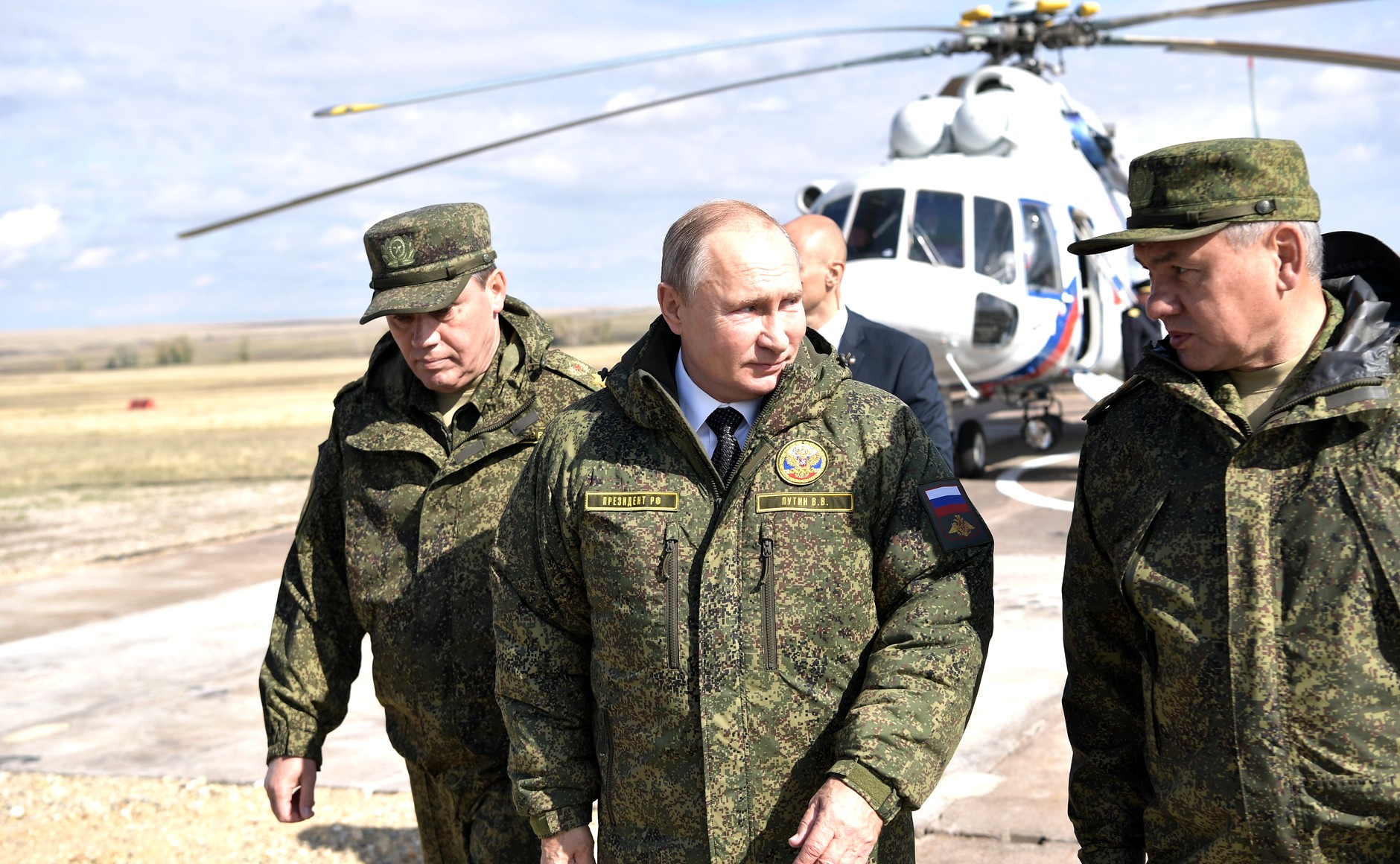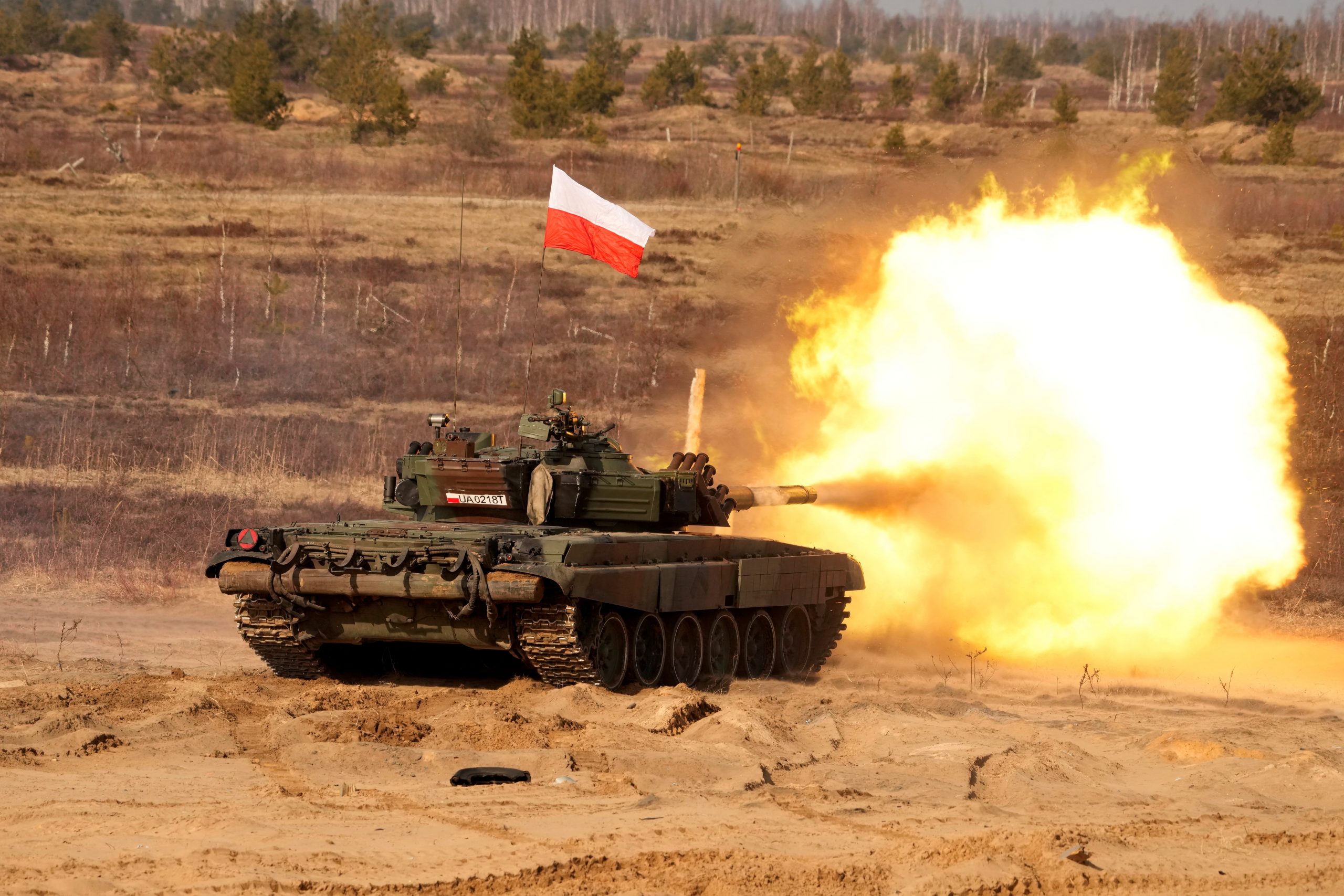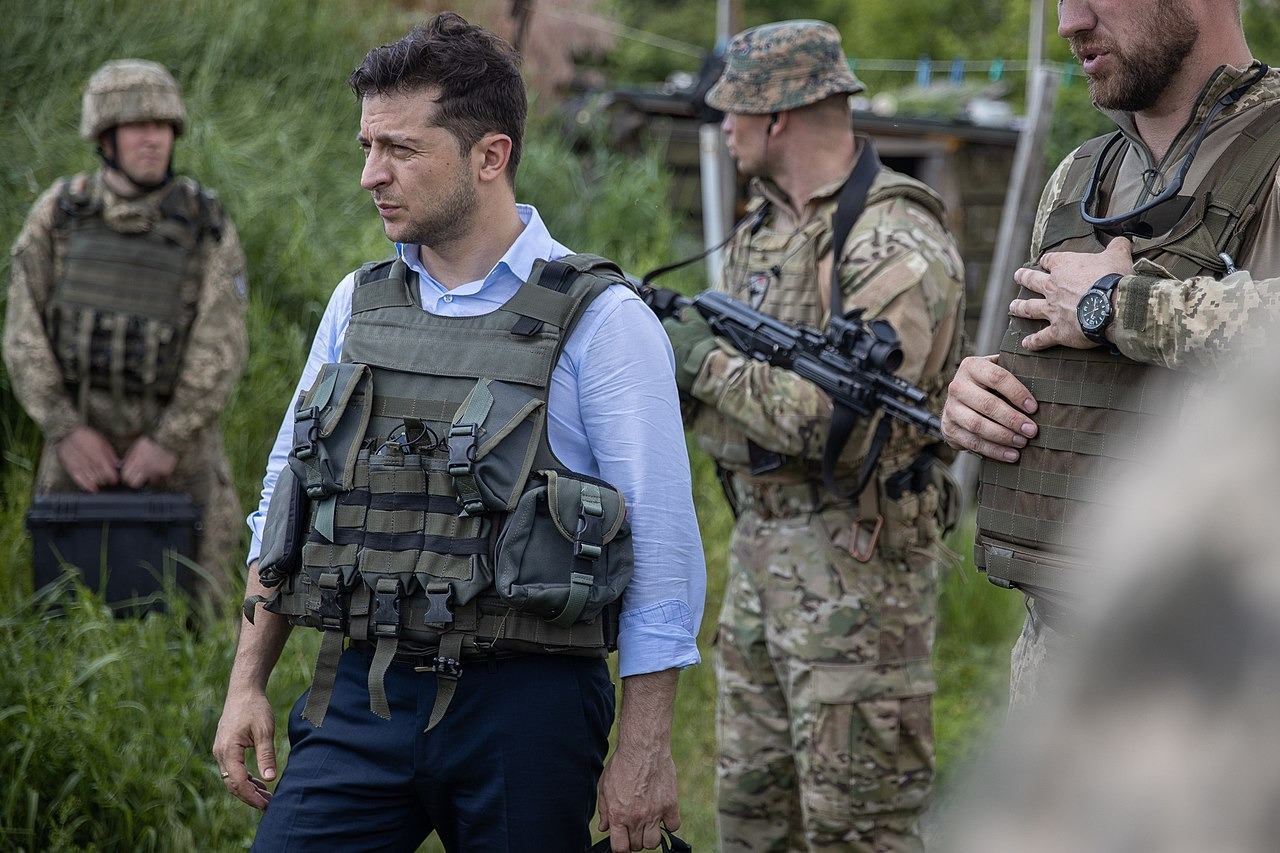Publications
INSS Insight No. 1570, March 15, 2022
The human tragedy in Ukraine is painful, and there is still no mechanism for ending the war. The United States and NATO have defined an objective – imposing a heavy cost on Russia in order to deter Putin from future aggression, while at the same time managing the conflict wisely in order to stop its sliding into a third world war. In view of the escalation in fighting, the US and its allies must examine the consequences of a continued war: mounting civilian casualties, the danger of expansion beyond Ukrainian borders, and the potential unconventional dimensions. Understanding that continuation of the war increases the risks of escalation to levels that none of the parties want, the United States will have to identify the critical point that if reached could expand the war arena. It will have to preempt this moment and agree to talk with Putin and even to show some flexibility, mainly by committing not to allow other countries bordering on Russia into the NATO alliance.
Russian President Vladimir Putin decided to launch a military attack against Ukraine when it became clear to him that he lacked political leverage to change the regime in Kiev, and after Western countries, led by the United States, rejected all his demands to divide influence in Eastern Europe and restrict the spread of NATO forces and capabilities in the area.
The United States and NATO member countries erred in their understanding of the possible outcomes of attempts to breach the defense belt around Russia – countries of the former Soviet Union – in order to reinforce a reality of a reduced, weak, and vulnerable Russia. Putin interpreted their actions as subversion and arrogance toward Russia, and the drive to prevent it from regaining its historical status as a superpower. Fueled by an underestimation of the willingness and determination of the West to confront him, and evidence of growing weakness in the status of the United States as the leader of the free world, Putin decided that this was the time to act. After 20 days of fighting, it is possible to identify the failure in the Russian President’s assessment of the outcomes, and the unintended consequences of his decision to invade Ukraine.
President Putin’s limited circle of advisers includes Defense Minister Sergei Shoigu, Chief of Staff Valery Gerasimov, and Director of the Foreign Intelligence Service Sergei Naryshkin. Nobody who opposes Putin’s policies and methods participates in the decision making process. This fact explains, at least partially, Putin’s miscalculation of the situation and his choice of military action: the Russian intelligence personnel underestimated the capabilities of the Ukrainian army, and did not evaluate the Ukrainian public’s determination regarding mobilization and the armed struggle against the invasion, and the support they would receive. The Russian military commanders nurtured Putin’s sense of power and ability to achieve a rapid victory at a reasonable cost; Putin adopted the optimistic scenario of a short war, without examining the possibility of a long, blood-soaked, and expensive war, or the risk that it would end in a military defeat. The decision makers in Moscow were also surprised by the extent of the West’s response, by the unity of the NATO alliance around the goal of isolating Russia, and the demand that it pay a particularly high price. Putin and his associates did indeed estimate that the West would prefer to use economic sanctions against Russia, but were surprised at the scope of the sanctions – a record of some 5,000 – and their strict and rapid enforcement. In addition, the NATO countries understood that they had to increase their investment in security, and there is growing pressure by the United States on its allies in Europe to stop buying oil from Russia, certainly in the medium and long term.

Conflict on Two Levels
The conflict in Ukraine is underway on two levels: one is the bilateral level – a war between Russia and Ukraine intended to impose Russian influence on its western neighbor. The second is the regional and global level, with the United States and NATO members against Russia: this is a conflict over spheres of influence in Europe and the rules of the game in the international system. Putin wants to extend Russian influence into East European countries and block the eastward spread of NATO. Opposing it, the United States is fighting for its global status and the security of its allies, together with a fear of the consequences of hostilities with Russia for the competition between the powers, mainly between itself and China.
The NATO countries have avoided intervening militarily alongside the Ukrainian forces, anxious as to direct fighting against the Russian army, although there have been some voices in the West calling for military intervention, such as imposing a no-fly zone over Ukraine. But the enforcement of a no-fly zone would require United States and NATO warplanes to patrol the skies over Ukrainian territory and bring down any Russian planes and helicopters that violate the ban. This would mean that the United States and Russia were fighting each other, and in any case for a limited operational achievement, since Russia has the capability to attack Ukrainian cities with ground-to-ground missiles rather than aircraft. Another proposal was to set up a humanitarian refuge in western Ukraine, on territory not yet captured by Russian forces. The intention is to mark out a safe region for displaced Ukrainians, who would be protected by NATO forces under the auspices of the UN, and to prevent the further westward advance of the Russian army. Such a step would mean recognition of the division of Ukraine into an area under Russian control and a western area under NATO control. The expected outcome would be the creation of a region of direct friction between the Russian army and NATO forces, with a growing risk of leading to a third world war. Therefore the United States and Europe have chosen to avoid direct military conflict, to continue to apply sanctions and send weapons and ammunition to the Ukrainian army, while observing as the Russian army sinks in the Ukrainian quagmire, suffering heavy losses and unable to achieve its objectives.
Western aid to the Ukrainian army includes the provision of up-to-date and generally accurate intelligence about Russian moves; the supply of a large number of mobile anti-tank missiles such as Javelin missiles, and Stinger anti-aircraft missiles, which can be operated by small, scattered combat teams acting independently; and the supply and operation of attack drones from Turkey and Poland, which are operationally effective and reduce the risk of escalation. The proposal to send warplanes from Poland or other countries to Ukraine was rejected. As a result, the United States and NATO members are influencing the fighting without directly confronting the Russian army. There is a degree of cynicism in the fact that the conflict between the parties is conducted on the backs of the Ukrainians, who are suffering heavy losses and a mass flight of civilian refugees out of the country (3 million so far), and the destruction spreads with each additional day of fighting.

How to Shape the Endgame
The United States is publicly refusing to negotiate with Russia, but is allowing bilateral talks between Russia and Ukraine, as well as mediation attempts, including the attempt involving Israeli Prime Minister Naftali Bennett. It is hard to imagine that the bilateral talks will lead to a stable end-state. President Putin embarked on a campaign to change the rules of the game between the powers, restore Russia’s great power status, and return Ukraine to what he sees as its natural situation – as under Russian patronage. But as it becomes harder to promote the Russian objective in the struggle with the West, and as Russian war plans are disrupted, it appears that Putin is ready to negotiate with the Ukrainian leadership, even though he sees it as lacking legitimacy. Russia has presented a list of reduced demands for stopping the fighting, namely: an end to the Ukrainian military struggle, recognition of the Crimean Peninsula as Russian territory, recognition of the separatist republics of Donetsk and Lugansk as independent states, a constitutional commitment by Ukraine to neutrality and to remaining outside NATO and the European Union, and Ukrainian demilitarization.
For the United States, at this stage the endgame should be based on understandings and agreements between Russia and Ukraine, with no significant gains to Russia from the West apart from sanctions relief, and with no concessions regarding the deployment of NATO forces. It is important for Washington to demonstrate that NATO has the ability, the determination. and the will to defend every centimeter of its members’ territory, as President Biden promised. However, since the US and NATO have no intention of offering Putin any gains, he is pushed into conducting talks while continuing to fight for his objectives. Therefore, the Russian army continues its efforts to encircle the capital Kyiv as well as attempts to attack Ukrainian President Volodymyr Zelensky personally; cut off Ukrainian access to the Black Sea; take absolute control of the separatist eastern regions of Ukraine whose declarations of independence were recognized by Moscow; launch attacks on arms supply routes to the Ukrainian army; and fight to crush Ukraine’s main cities.
If the West does not respond positively to some of Putin’s demands, we can expect the attacks on Ukrainian cities to intensify; the takeover of nuclear power stations – in addition to the ones already seized – in order to cut off electricity supplies, which heightens fears of the danger of nuclear radiation leaks; and threats involving unconventional weapons, both chemical and nuclear. Russia has already raised the alert level of its nuclear forces. Its nuclear doctrine of 2020 states that it will consider being the first to use nuclear weapons in situations of “conventional aggression that threatens the very existence of the state.” At this stage, Russia is far from collapse. That is the reason the West has rejected ideas pushing for the broader objective of bringing down Putin’s presidency.

The Challenge of Identifying the Critical Point
Notwithstanding their aim of bringing Putin to his knees, the United States and its allies must examine the consequences of continued fighting because of the spiraling number of Ukrainian civilian casualties, and because of the risk that the war will spread beyond the Ukrainian borders and into unconventional dimensions. The main objective of the United States at this time is to inflict heavy tolls on Russia – political, military, and economic – for the Ukrainian invasion, in order to deter Putin from future aggression. However, as Putin sustains heavier costs, he will reinforce his demands and find it harder to compromise. The possible outcome will be continued fighting, increasing the risks of escalation to levels that neither party wants. Therefore, the United States must preempt arrival at the critical point of loss of control and promote dialogue with Russia in order to bring an end to the fighting. In the framework of a settlement, the United States will also be required to show some flexibility, and even commit to refrain from allowing other countries bordering on Russia into the NATO alliance. The human tragedy in Ukraine is painful. The Ukrainian people deserve freedom, but the United States and NATO must handle the conflict wisely in order to avoid the recurrence of similar incidents and to block the possibility of sliding into a third world war.



